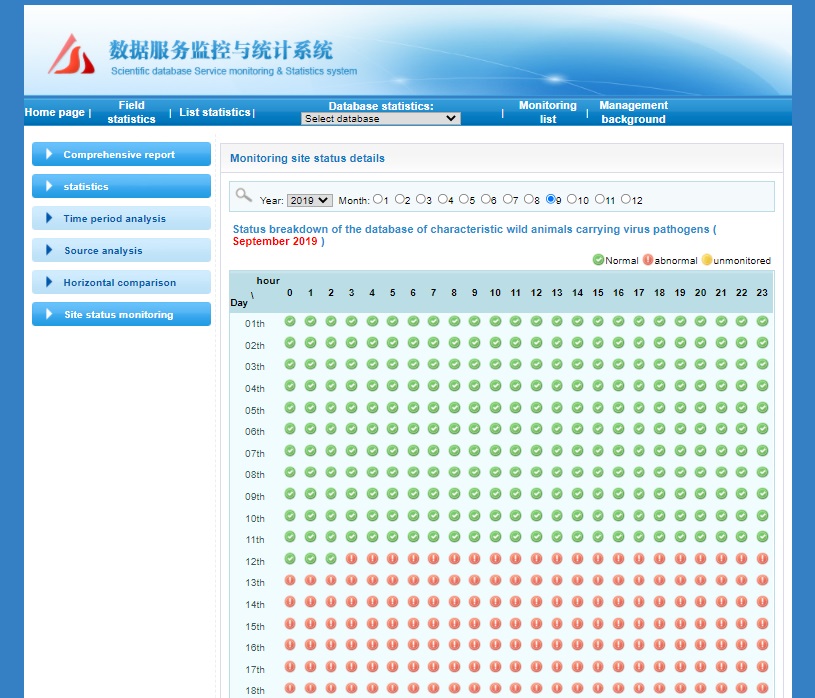
On September 12, 2019 the WIV’s online, public database of samples and virus sequences was taken offline in the middle of the night between 2:00AM and 3:00AM local time. The database contained more than 22,000 entries consisting of sample and pathogen data collected from bats and mice. The database contained key information about each sample, including what type of animal it was collected from, where it was collected, whether the virus was successfully isolated, the type of virus collected, and its similarity to other known viruses.
To date, there has been no consistent answer provided as to why the database was removed or when or if it will be put back online.
Shi is listed as the data correspondence author for the project. When questioned about the database being taken offline, Shi has given several conflicting answers. During a December 2020 interview with BBC, Shi said the database was taken offline for “security reasons” after cyberattacks against the work and personal emails of WIV staff. She also insisted that WIV virus sequences were saved in the GenBank database, run by the National Center for Biotechnology Information. Shi stated, “It’s completely transparent. We have nothing to hide.”
In a January 26, 2021 email to someone inquiring about the database, however, Shi stated the database was taken down due to cyberattacks “during [the] COVID-19 pandemic.” She also claimed that researchers had “only entered a limit[ed] data in this database” despite it having more than 22,000 entries.
…
Around the time the WIV’s virus database went offline, car traffic at hospitals in downtown Wuhan began to increase. Researchers from Boston University School of Public Health, Boston Children’s Hospital, and Harvard Medical School used satellite imagery to examine parking lot volume of hospitals in Wuhan for the two and a half years prior to December 2019. They found that five of six hospitals analyzed had the highest relative daily volume of cars in the parking lot in September and October 2019, before the first reported cases of COVID-19.
When people get sick, they are likely to seek healthcare near their home or work. Each of the hospitals that saw a rise in traffic with patients complaining of COVID-19 symptoms are located within 6.5 miles of the WIV Headquarters and are connected by public transit lines. The below map shows the location of the WIV Headquarters (in red) and the six hospitals (in blue) which experienced increase vehicle traffic in September and October 2019.
Harvard Study Hospitals in Relation to the WIV Headquarters
— “The Origins of COVID-19: An Investigation of the Wuhan Institute of Virology.”
Source:
- May 11, 2020. “数据服务监控与统计系统 Status Breakdown of the Database of Characteristic Wild Animals Carrying Virus Pathogens ( September 2019 ).” Scientific Database Service Monitoring & Statistics System.

http://archive.is/AGtFv.
Statistics. - June 8, 2020. Elaine Okanyene Nsoesie, Benjamin Rader, Yiyao L. Barnoon, Lauren Goodwin, and John Brownstein. “Analysis of Hospital Traffic and Search Engine Data in Wuhan China Indicates Early Disease Activity in the Fall of 2019.” Digital Access to Scholarship at Harvard, Harvard Library Office for Scholarly Communication.

https://dash.harvard.edu/handle/1/42669767.
University. - August 2021. “The Origins of COVID-19: An Investigation of the Wuhan Institute of Virology.” House Foreign Affairs Committee Report Minority Staff.


https://gop-foreignaffairs.house.gov/wp-content/uploads/2021/08/ORIGINS-OF-COVID-19-REPORT.pdf.
Government, PDF.
